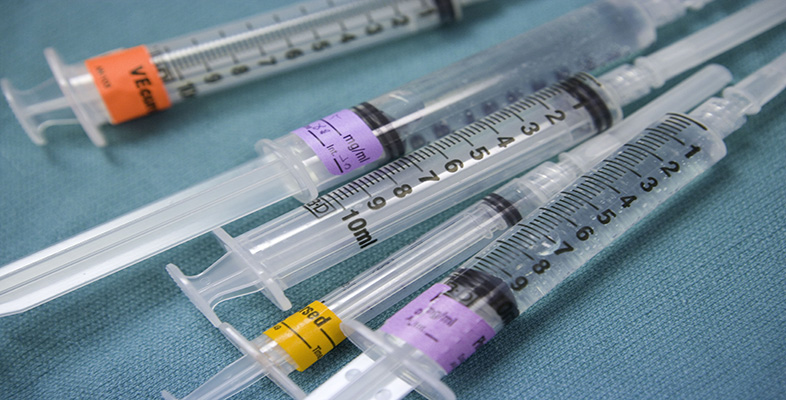11.2 Autism research
Horton, R. (2004) ‘The lessons of MMR’, The Lancet, 363, 6 March 2004, pp 747–749 Elsevier. Copyright © 2004 Elsevier.
In 1943, Leo Kanner described 11 children with a condition that differed “markedly and uniquely from anything reported so far”.4 He believed that the characteristics of these children, the fundamental feature of whom was their “inability to relate themselves in the ordinary way to people and situations from the beginning of life”, constituted a syndrome, one that he described as “an extreme autistic aloneness”. The recognition of such a distinct clinical entity was important, even urgent at that time. Kanner described how several of the children who had been introduced to him were inappropriately labelled as “idiots or imbeciles”. One lived in a “state school for the feebleminded, and two had been previously considered as schizophrenic”.
Since Kanner's report, autism and autism-like conditions have become common diagnoses5 and exercise much media attention.6 There is a strong underlying genetic basis to autism. But the idea of a “late-onset” variant7 raised a possibility that there might be psychological and organic factors contributing to autism's cause and course. One unexpected consequence of the debate surrounding MMR has been a redirection of public attention to a condition that has often been neglected by medicine. In a review of the epidemiology and causes of autism, for example, the UK's Medical Research Council (MRC) summarised existing knowledge and identified strategic themes deserving further investigation (panel).8 There are large and surprising gaps in our knowledge of a condition that affects as many as 6 per 1000 young children.
The UK Government announced a further £2–75 million of new and ring-fenced money for autism research in 2002. The first funding decisions by the MRC are expected in May this year. The MRC is strongly committed to autism research, presently funding seven research projects at a cost of over £4 million. To make the best of what are still limited resources, it is important that the Council's steering group set up to implement the findings of its 2001 report, together with other major national and international grant-giving bodies, establish a funders’ forum for autism research to fine-tune strategy and avoid unnecessary duplication of research effort. The UK Government should extend its initial and welcome commitment to autism by pump-priming research with a further ring-fenced lump sum to the MRC of at least £12.5 million – £2.5 million annually over 5 years. Such sustained investment is vital if properly designed longitudinal studies to examine genetic and environmental factors in autism are to be constructed. Compare these modest sums of funding, for example, with the US National Institute of Health's budget for autism research of $70 million by 2003. NIH is also committed to creating STAART (Studies to Advance Autism Research and Treatment) centres – eight of which have been launched in the past 2 years, at a cost of $65 million, spread over 5 years. This approach might well have merit in the UK.
Future strategic themes in autism research8
-
Case definition: Improving phenotypic identification
-
Epidemiological frameworks: Pinpointing environmental and genetic influences
-
Integrated research strategies: Developing a comprehensive neurosciences approach
-
Hypotheses about abnormal physiology: Requiring experimental rigour and independent replication
-
Research capacity and the service interface: Promoting collaboration, career development, and child-care and support service expansion
-
Lay participation: Strengthening research networks through partnership
